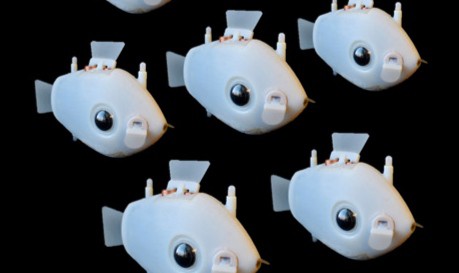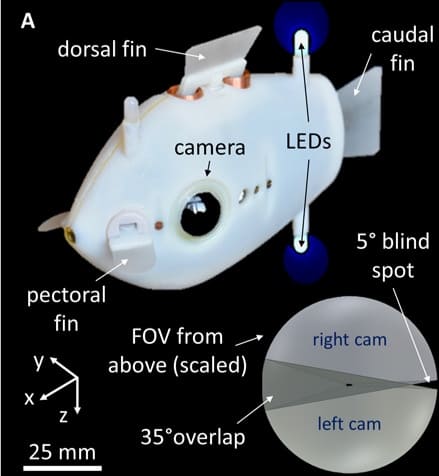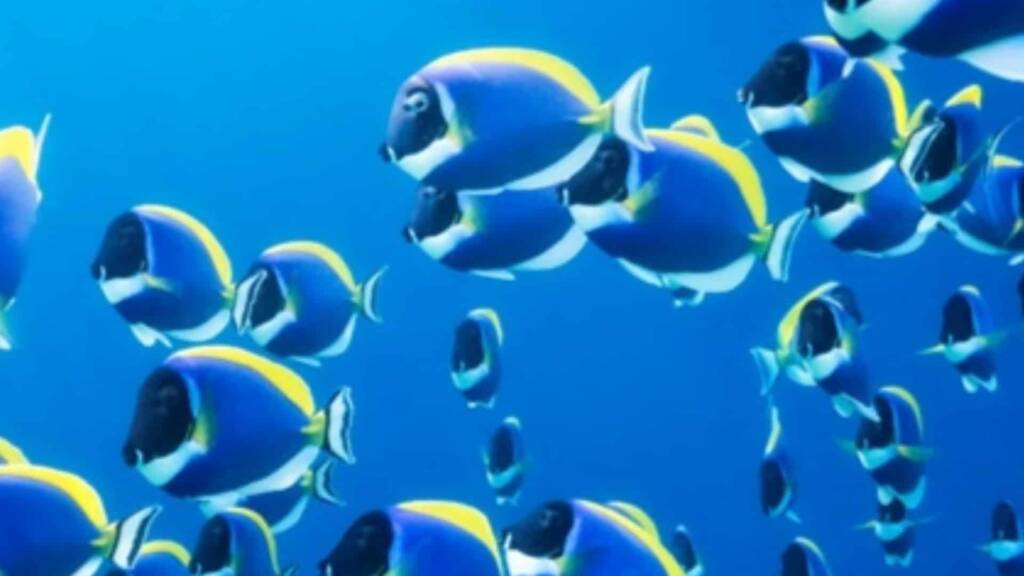With the constant effort of scientists and researchers, various new technologies and innovations keep coming up regularly. And robots have been one of the major interests of researchers and innovators. Now, scientists at Harvard have created miniature fish-like underwater robots — Bluebot — that are just 10 centimeters (about four inches) in length. These 3D printed robots are capable of forming autonomous swarms and swim like schools of fish.

Each robotic fish carries cameras as their eyes and blue LED lights to sense the direction and distance of other robots inside water. Unlike the standard underwater drones, Bluebots swim using flapping fins rather than propellers. This improves their efficiency and maneuverability while swimming in a swarm.
Bluebot Features, Working, and Applications

The existing underwater robots or multi-robot systems use radio communication to communicate with each other and transmit their GPS positions. However, the new system of Bluebots mimics the natural behavior of fish to move in a complex and coordinated group without following a leader.
As said before, these new underwater robots are 3D printed and are about just 10 centimeters long. They use their eyes (camera) to detect other robots in their peripheral vision and then engage in self-organizing behavior — just like the fish. These include gathering around a target, arranging themselves in a circle, and flashing their LED lights simultaneously.

For applications, Bluebot is useful for future underwater operations such as search missions, environmental monitoring, inspecting infrastructure, studying under-water life, and more. Florian Berlinger, lead author of a paper about this research, said, “It’s definitely useful for future applications — for example, a search mission in the open ocean where you want to find people in distress and rescue them quickly.”





